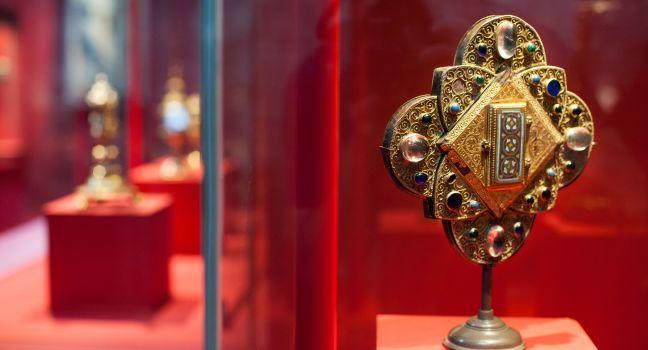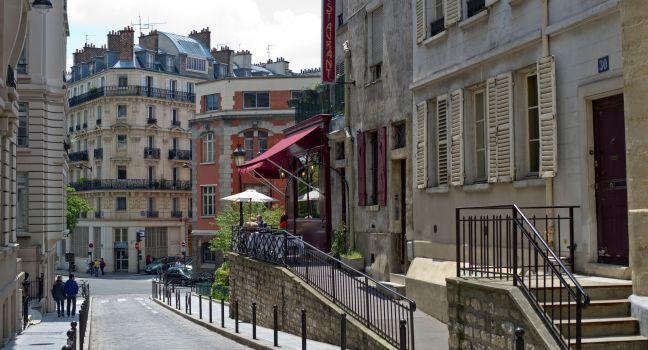Jardin des Plantes
Opened in 1640 and once known as the Jardin du Roi (King's Garden), this sprawling patch of greenery is a neighborhood gem. It's home to several gardens and various museums, all housed in 19th-century buildings that blend glass with ornate ironwork. The botanical and rose gardens are impressive, and plant lovers won't want to miss the towering greenhouses (serre in French)—they are filled with one of the world's most extensive collections of tropical and desert flora. If you have kids, take them to the excellent Grande Galerie de l'Évolution or one of the other natural history museums here: the Galerie de Paléontologie, replete with dinosaur and other skeletons, and the recently renovated Galerie de Minéralogie. If the kids prefer fauna, visit the Ménagerie, a small zoo founded in 1794 whose animals once fed Parisians during the 1870 Prussian siege. The star attractions are Nénette, the grande-dame orangutan from Borneo, and her swinging friends in the monkey and ape house. If you need a break, there are three kiosk cafés in the Jardin.





